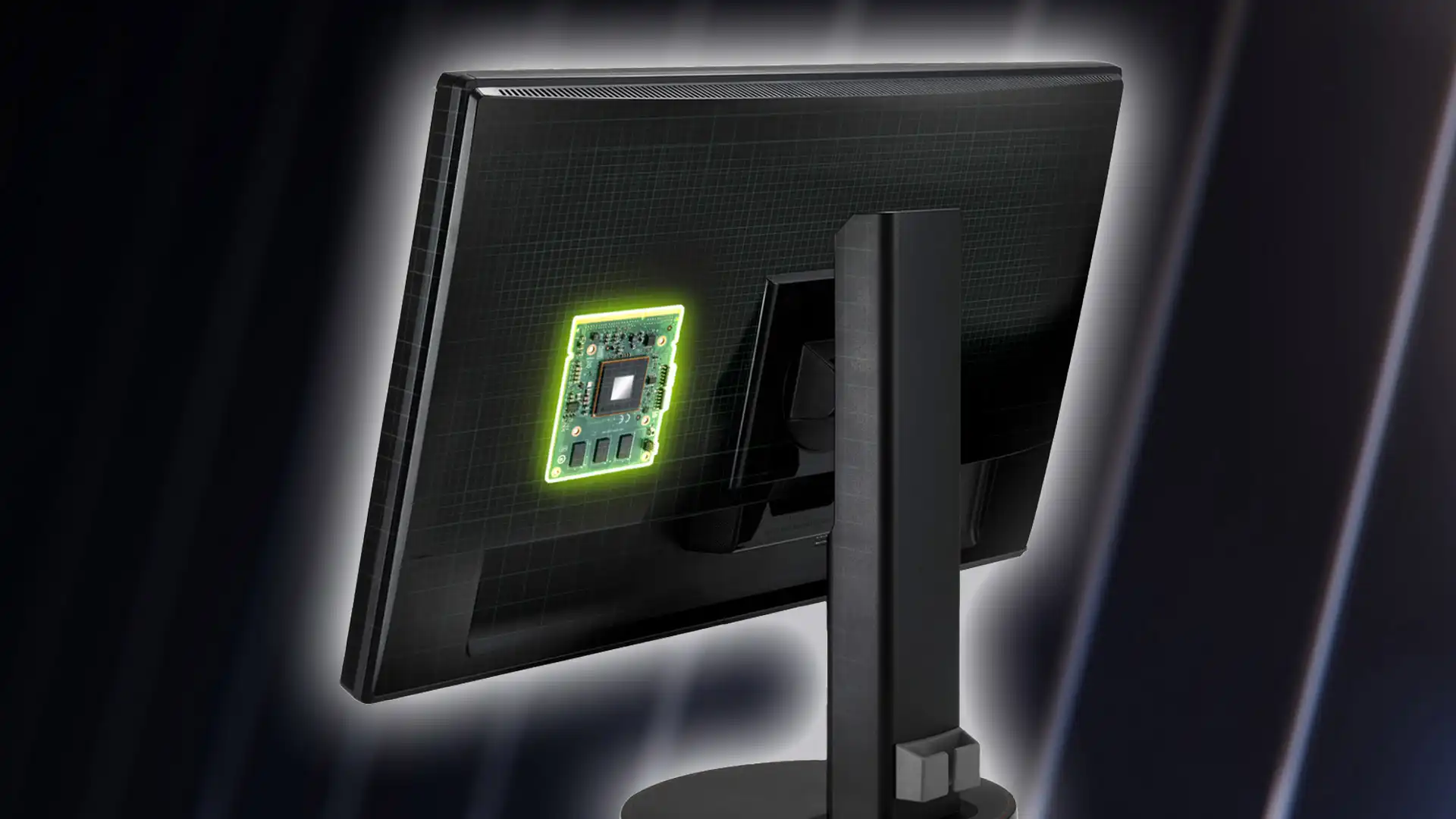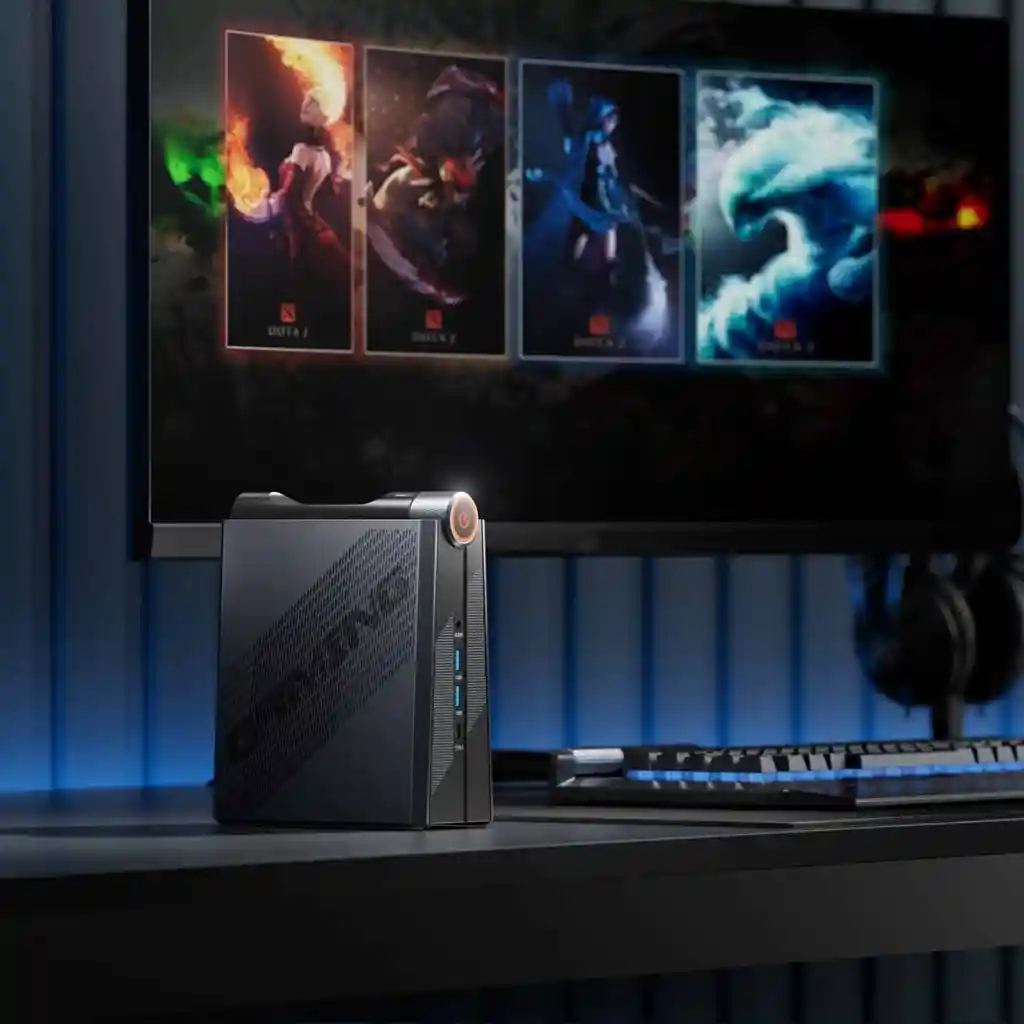But according to a recent press release, new G-Sync gaming monitors from Acer, AOC, and Asus won’t need that extra board.
The new “G-Sync Pulsar” standard is made in cooperation with chip designer MediaTek and allows the motion-smoothing tech to be integrated into a monitor’s existing primary electronics board instead of breaking it out into a separate module.
That means simpler manufacturing at a lower cost, and the end result will be cheaper G-Sync monitors… or, at least cheaper than they might otherwise be. All three of the new models announced at Gamescom are 27-inch 1440p designs with 360Hz refresh rates, which probably won’t be bargains when they release later this year.
These new G-Sync monitors shouldn’t be confused with “G-Sync compatible” monitors, which are monitors that can do some basic motion-smoothing, frame-matching work without being “G-Sync Certified.”
The “compatible” label is a way for Nvidia to offer some anti-tearing functionality with its graphics cards on cheaper displays, competing more effectively with the wide-open FreeSync. (AMD recently tightened up some of its own standards, too.)
But the full suite of G-Sync features — sometimes labeled “G-Sync Ultimate” — still has specific hardware requirements for monitors, including those separate components. So, even with this G-Sync Pulsar partnership condensing those capabilities into fewer chips, those features will still be limited to very specific screens. We’re just hoping those screens might not cost quite as much.




